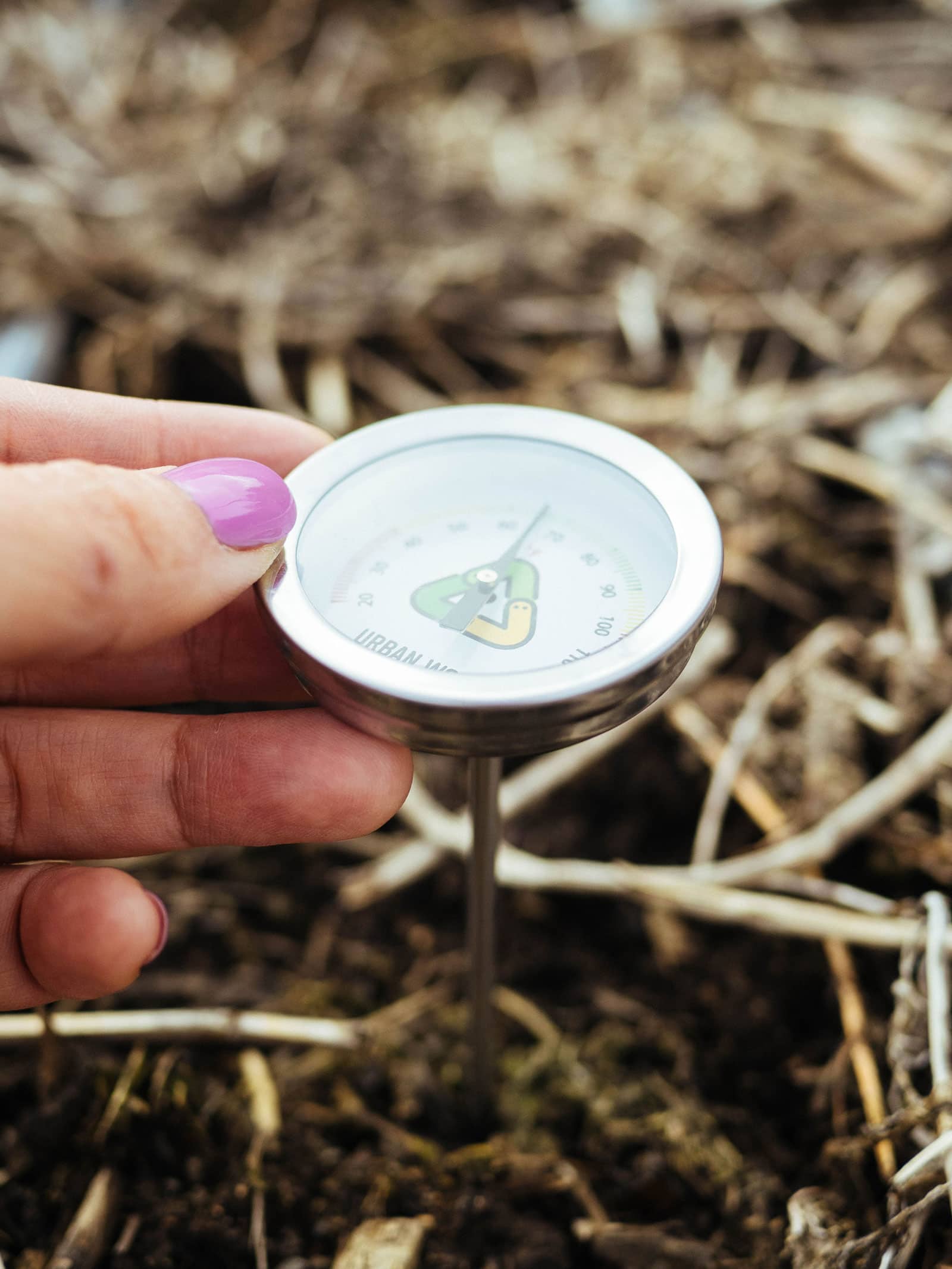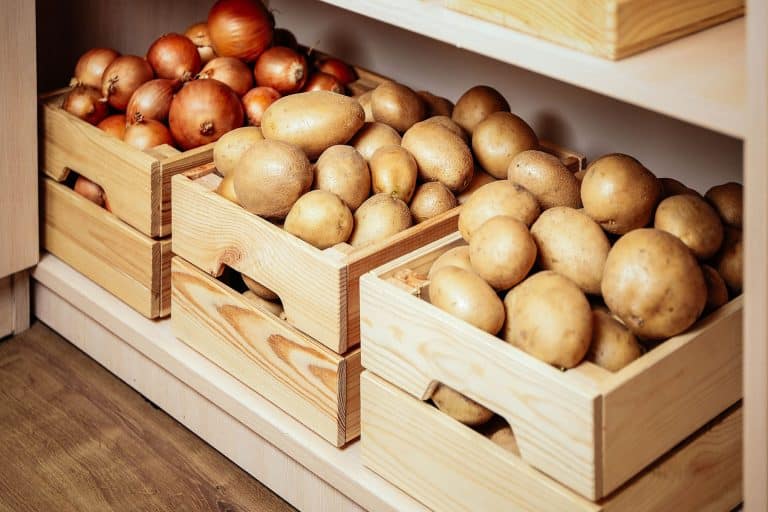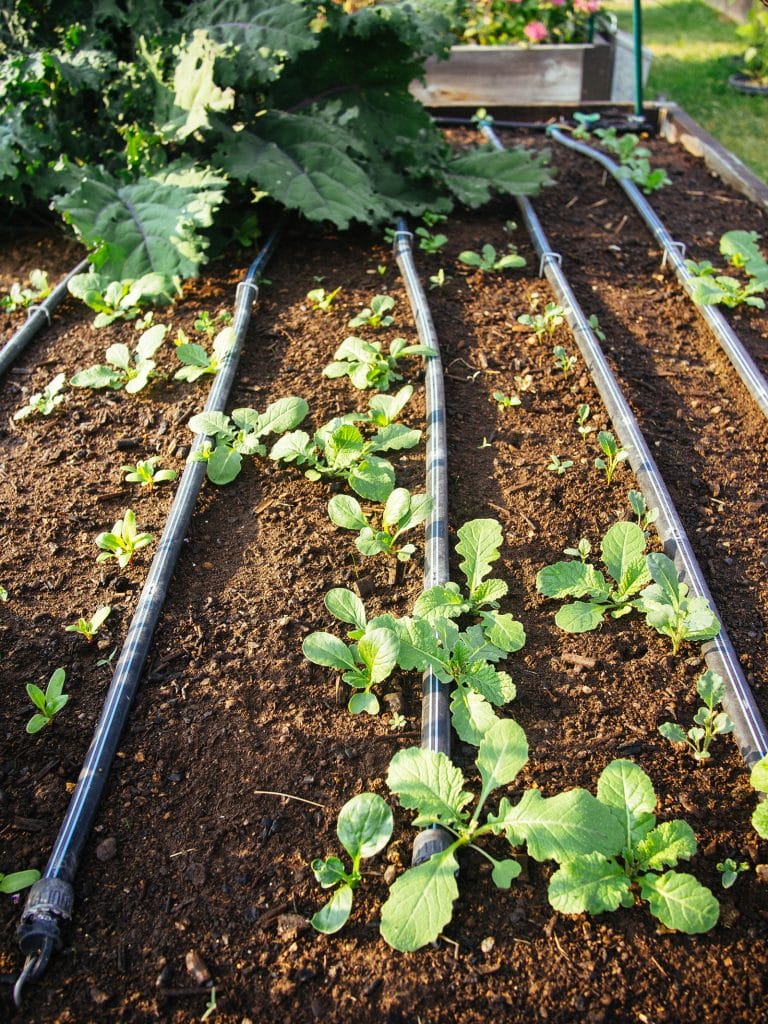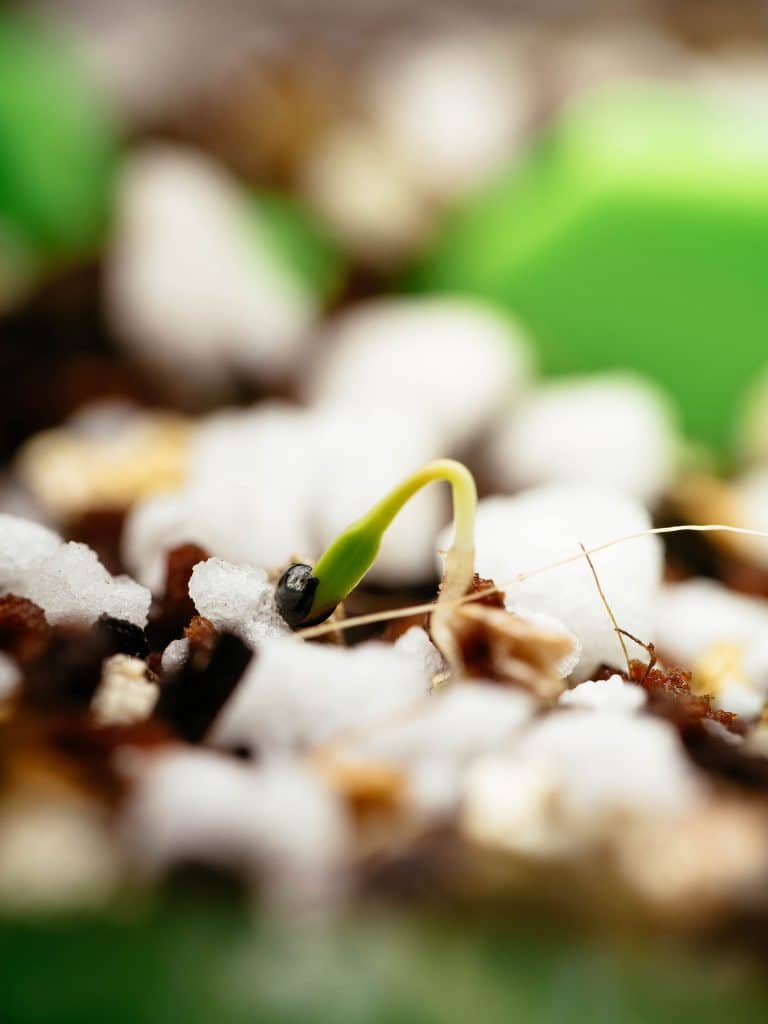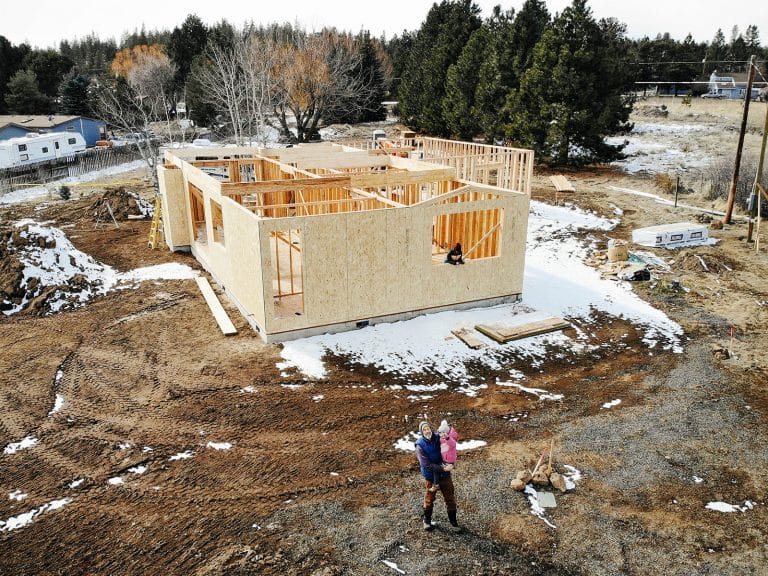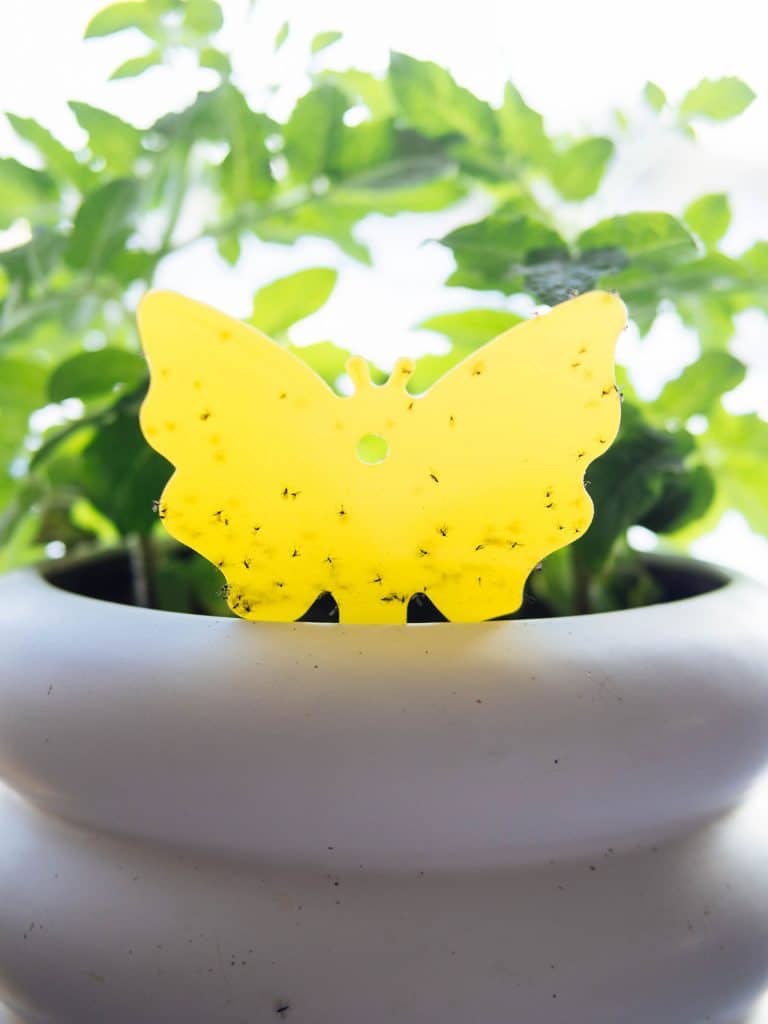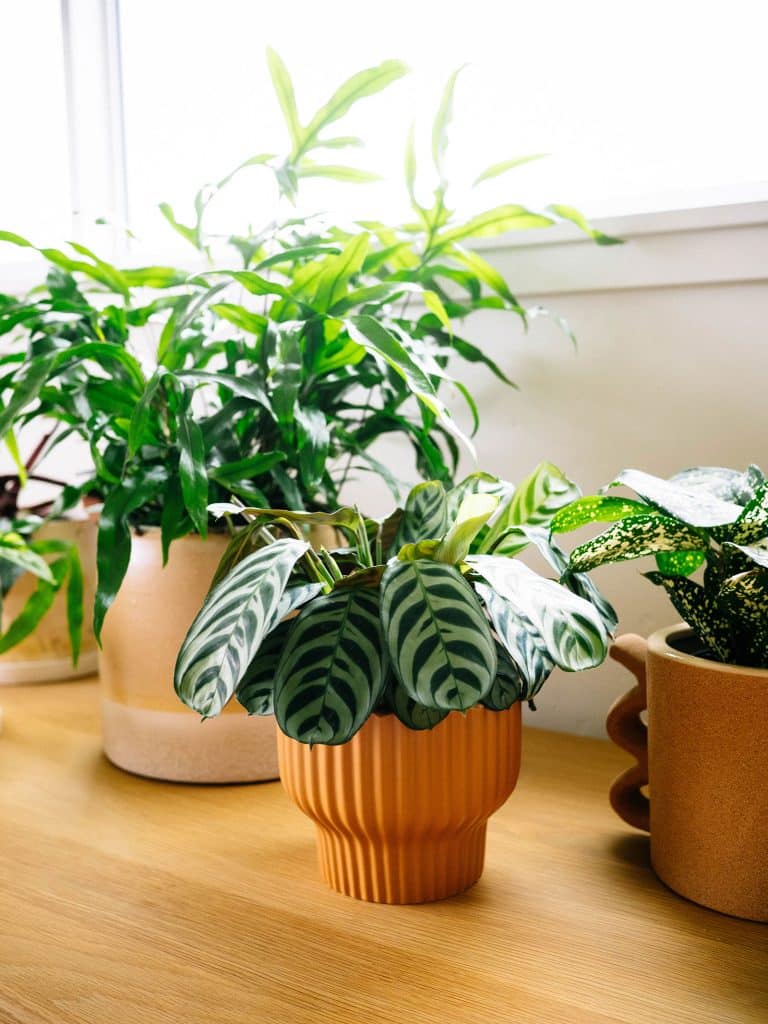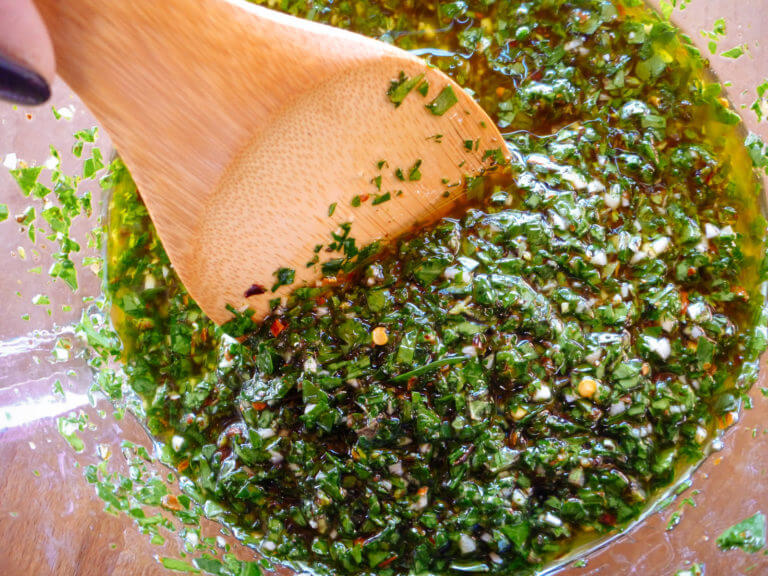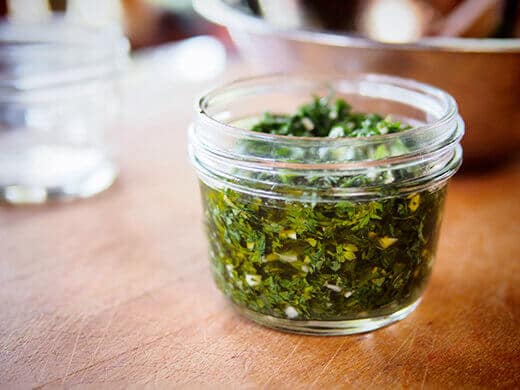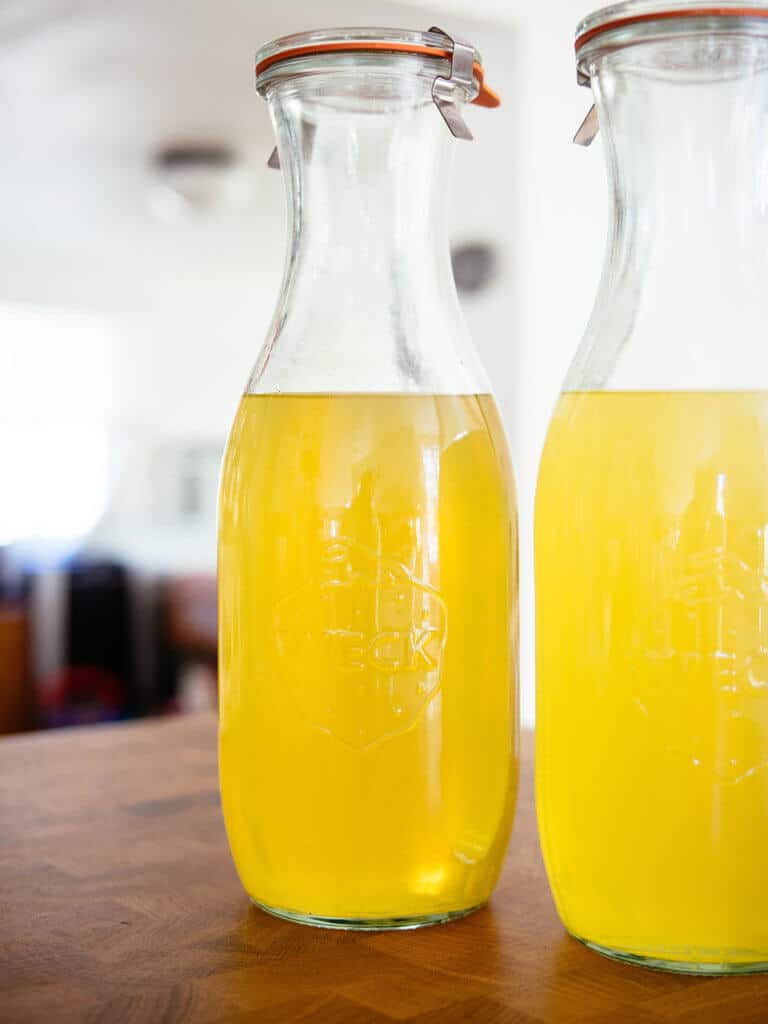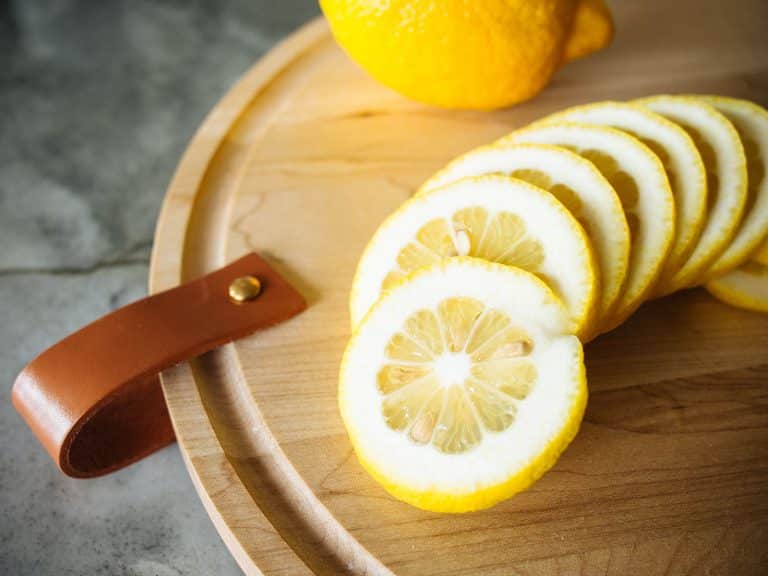Every time I sow seeds, I’m astounded that a handful of seeds—some of them the size of a pinhead—can turn into an entire garden of tomatoes, cucumbers, kale, squash, broccoli, lettuce, basil, parsley, marigolds, and so much more.
But getting all these seeds to germinate isn’t always so cut and dried. You need good fresh seed, and you need moisture. You have to plant at the right time, and temperature matters—but I’m talking soil temperature here, not air temperature.
If the soil temperature isn’t as warm (or as cool) as those particular seeds prefer, you could be looking at loooong germination times, or even seeds that never germinate at all.
Related: How to germinate stubborn seeds
But soil temperature is just as important for the success of transplants as it is for direct sowing seeds in the garden. Many warm-season plants, especially plants like peppers and squash, won’t establish easily or thrive in spring unless soil temperatures are warm enough for root development.
The easiest way to determine this is with a soil thermometer—an indispensable tool that can help you achieve great germination rates. Mine (linked below) is a simple, inexpensive analog soil thermometer that has lasted years! And yours can too, as long as you store it indoors away from moisture.
Disclosure: If you shop from my article or make a purchase through one of my links, I may receive commissions on some of the products I recommend.
Urban Worm
Soil thermometer
This simple, stainless steel soil thermometer has a 5-inch stem and easy-to-read face that helps you determine when your soil is ideal for sowing or planting.
How to measure soil temperature accurately
Step 1: Place your soil thermometer about 1 inch in the soil for seeds, or a few inches down for transplants (based on the depth of your pots).
Step 2: Shade the thermometer if it’s in the sun, and wait until the temperature holds steady for the most accurate reading.
Step 3: Take readings twice a day: once in the morning, and again in the late afternoon or early evening. Record these temperature readings for two or three days to get an average of your current soil temperature.
Then, reference my soil temperature chart below to find out if you’re in the ideal window for planting!
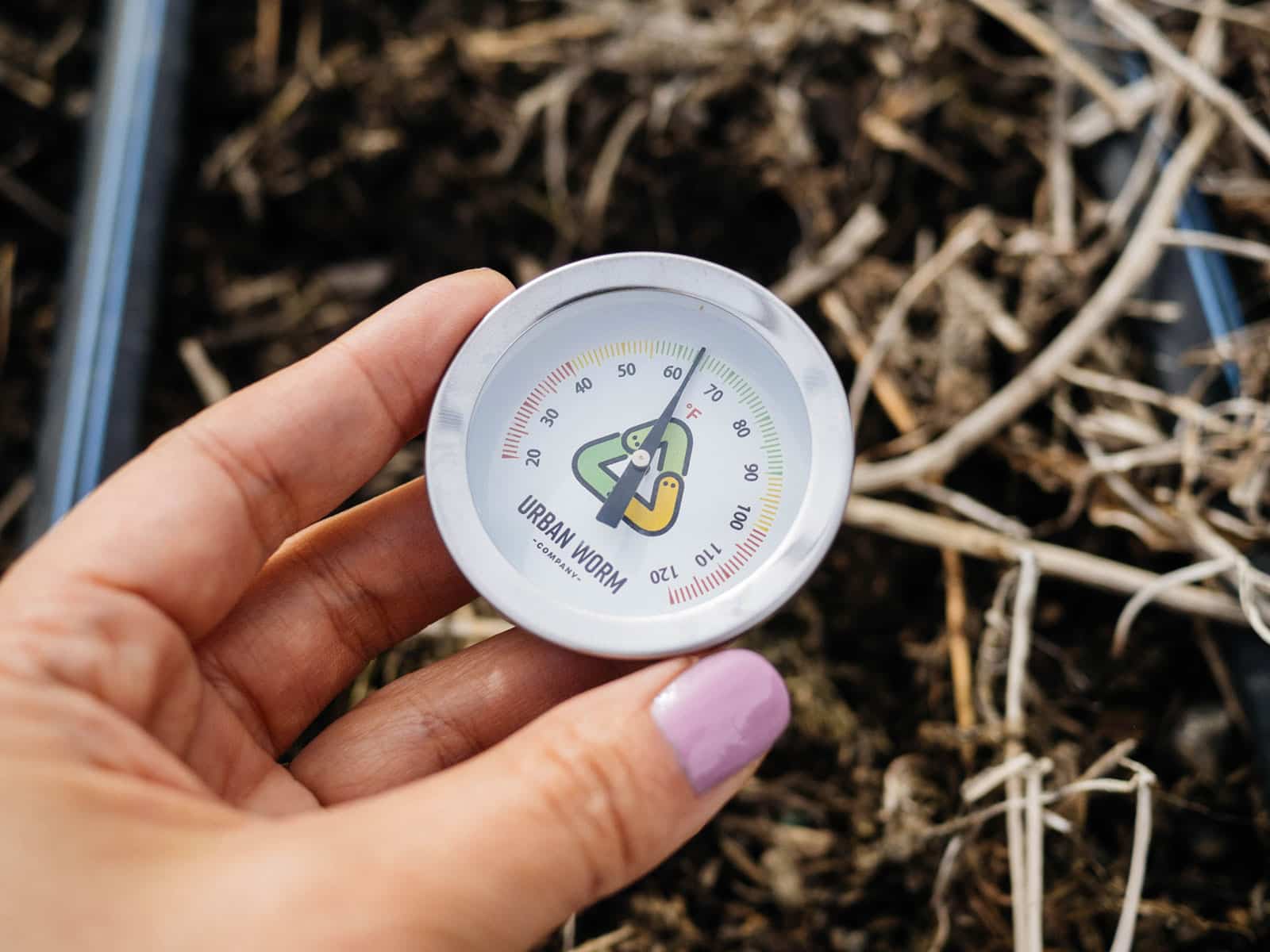
Soil Temperatures for Seed Germination
| Plant | Min. Temp. | Optimal Range |
|---|---|---|
| Amaranth | 50°F | 68-75°F |
| Artichoke | 60°F | 70-80°F |
| Arugula | 40°F | 50-70°F |
| Beans (fava) | 40°F | 50-75°F |
| Beans (lima) | 60°F | 75-85°F |
| Beans (snap) | 60°F | 75-85°F |
| Beets | 40°F | 65-85°F |
| Broccoli | 40°F | 60-85°F |
| Brussels sprouts | 45°F | 70-85°F |
| Cabbage | 40°F | 60-85°F |
| Carrots | 40°F | 65-85°F |
| Cauliflower | 40°F | 65-85°F |
| Celery | 40°F | 70-85°F |
| Chard | 40°F | 65-85°F |
| Claytonia (miner’s lettuce) | 50°F | 55-60°F |
| Collards | 40°F | 70-75°F |
| Corn | 50°F | 65-95°F |
| Cucumbers | 60°F | 65-95°F |
| Edamame | 60°F | 70-90°F |
| Endive | 60°F | 80-90°F |
| Eggplant | 60°F | 75-85°F |
| Fennel | 50°F | 60-75°F |
| Garlic | 32°F | 65-85°F |
| Kale | 40°F | 60-85°F |
| Kohlrabi | 45°F | 65-85°F |
| Leeks | 32°F | 65-85°F |
| Lettuce | 32°F | 60-75°F |
| Mache (corn salad) | 45°F | 60-70°F |
| Muskmelons | 60°F | 75-85°F |
| Mustard | 40°F | 55-80°F |
| Onions | 32°F | 65-85°F |
| Okra | 60°F | 85-95°F |
| Parsley | 40°F | 65-85°F |
| Parsnips | 32°F | 65-75°F |
| Peas | 40°F | 65-75°F |
| Peppers | 60°F | 65-75°F |
| Pumpkins | 60°F | 85-95°F |
| Radicchio | 45°F | 50-70°F |
| Radishes | 40°F | 65-85°F |
| Spinach | 32°F | 65-75°F |
| Squash | 60°F | 85-95°F |
| Tomatillo | 60°F | 75-90°F |
| Tomatoes | 50°F | 65-85°F |
| Turnips | 40°F | 60-95°F |
| Watermelons | 60°F | 75-95°F |
What is the minimum temperature?
This is the minimum soil temperature your seeds need in order to germinate. Keep in mind that when the soil temp is below the optimal range, seeds will germinate much more slowly (and transplants will be slower to establish roots).
Tomatoes, for instance, will germinate in soil as cool as 50°F, but it may take up to six weeks. If they’re sown in soil that’s reached at least 65°F, then germination often occurs within five to seven days.
A few tricks can help warm up the soil faster, however. My own garden beds are always covered in mulch to retain heat and moisture—two things that seeds like. And in early spring, low tunnels with plastic or fabric row covers can trap heat and warm the soil by a few degrees.
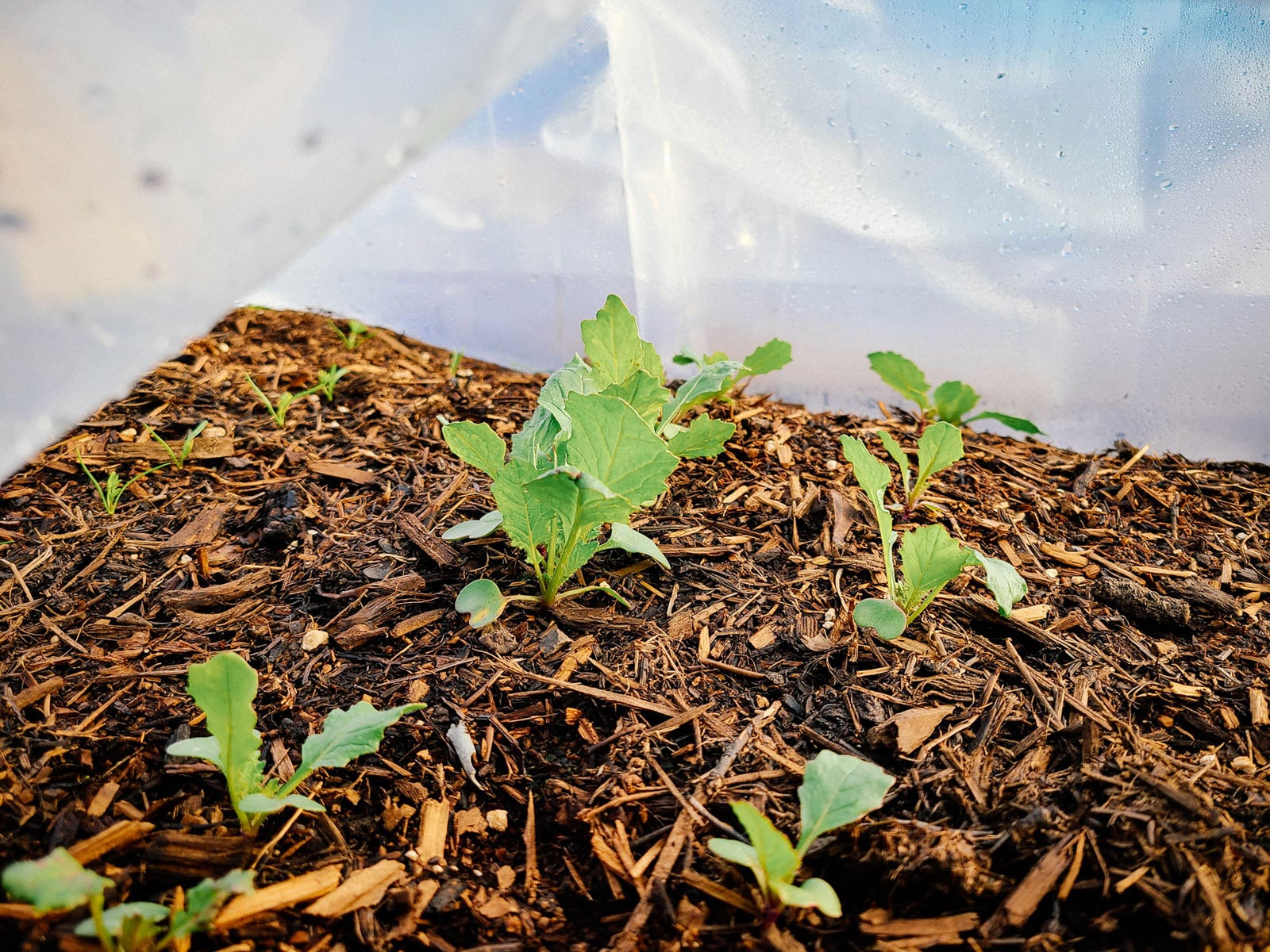
Can you still sow seeds if temperatures exceed the optimal range?
Yes, but germination times increase again as soil temperatures rise above the optimal range. In my experience, germination becomes quite poor when the soil is more than 5°F above the optimal range.
Certain cool-weather seeds, such as lettuce and mache, will also go dormant if soil temperatures exceed the recommended range. If you’re hoping to plant lettuce in summer, it’s almost always better to start seeds indoors and then transplant those seedlings in the shade of trellises or taller plants to keep them from bolting prematurely.
Do you have to wait until the soil reaches the correct temperature?
Soil temperatures generally lag behind air temperatures in spring, which could have you feeling antsy if you’re still waiting to sow seeds.
If your soil typically doesn’t get warm in time for a particular plant variety to mature, or you want to give your plants a head start, you can start those seeds indoors to extend your growing season.
But even inside a greenhouse—or if your seed trays are in a cooler part of your home, such as a garage or basement—some plants could use a little extra heat to maintain their ideal soil temperature. For those plants (like hot peppers, which take a lot longer than sweet peppers to germinate), I like to use a waterproof seedling heat mat. (The one linked below is what I’ve owned for several years.)
BN-Link
10×20 heat mat
This heat mat fits perfectly under your seed starting tray to gently heat the soil and encourage germination. In cold spaces, it also helps warm up the air around your seedlings.


